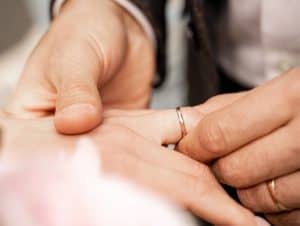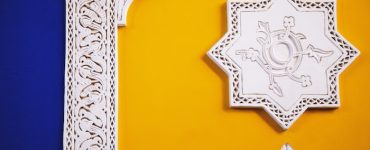Exchanging wedding rings is a tradition that constantly evolves with time. In today’s global economy, it has almost become a norm to see an intermingling of styles, practices, rituals, and more. The constant evolution of these cultural traditions also results in changes in wedding ring traditions.
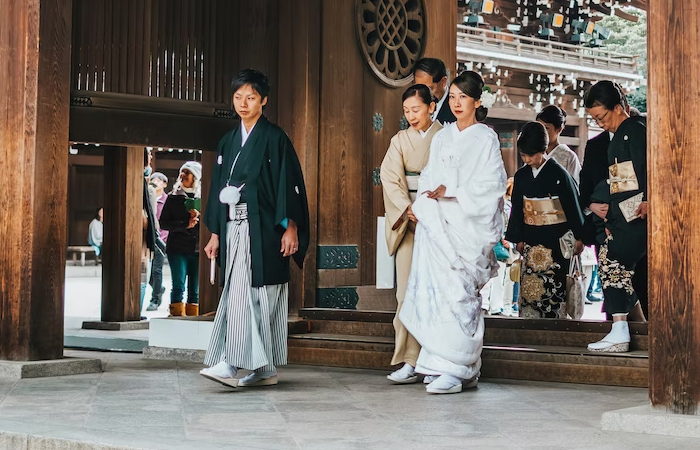
While most of the Western society is known to wear wedding rings, how about in the countries in the Eastern world? Do the Japanese wear wedding rings, for example?
Japanese etiquette is different from that in Western countries. This is why it is important to be informed of their different customs before you marry a Japanese person or come to Japan.
When it comes to wedding rings, there are rare instances when the Japanese do wear one. Some Japanese may also wear wedding rings, especially those who have spent time overseas and become used to the traditions and customs there. It might also be the case with the Japanese who grew up and spent their childhood abroad and went back to Japan as adults and got married there.
However, the Japanese in general believe that women are the only ones who should wear wedding rings instead of men. These rings are also considered accessories such as earrings or necklaces rather than items that men use.
Newlyweds usually have their marriage registered with the local government and hold a party afterward where guests congratulate them. Many gifts during the event are items that they can use for setting up their home instead of luxury items. This is why Japanese couples are not pressured to wear expensive wedding rings.
It is also important to remember that Japanese women take care of their homes while men are breadwinners. To this day, husbands usually give their wives pocket money and not the other way around.
With such a culture, it is rare for women to receive a ring as a part of the marriage ceremony because by tradition if the woman had the choice, she would get a ring that she bought for herself using her own income.
What Hand Do Japanese Wear Their Wedding Rings?
Japanese traditionally wear their wedding rings on the left hand. They do it based on the old tradition in Japan that states that a vein in the left-hand leads straight to the heart. It is the reason why wedding rings are worn on the left hand so that it will be closer to the heart and bring good fortune to the marriage.
What is the Most Popular Type of Wedding Ring in Japan?
This question doesn’t have a clear and definite answer. Since Japanese weddings are influenced more by Western society instead of Eastern society, no specific style of wedding ring is considered the most popular among couples in Japan. However, diamond rings are the most commonly sold engagement rings in Japan.
Wedding rings today are often made of platinum or white gold. The history of using diamond engagement rings in Japan can be traced back to 1955 when the former head of the Shinoharano Jewelry, Mokoto Taisho, introduced the concept of wearing diamond rings for Japanese couples.
Japanese wedding rings are not connected in any way to the yin and yang concept of the Chinese. This is why there is no such thing as a traditional left or right hand where the ring should be worn.
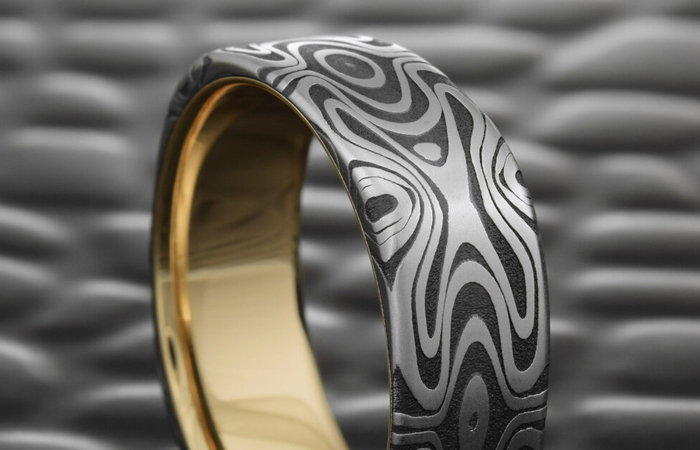
Mokume Gane Wedding Rings
The tradition of wearing wedding rings in Japan is still relatively new. Wedding ring exchange usually replaces ohugaru, an ancient customary practice where the teeth of the woman are stained black as a way of showing her fidelity to her husband. Despite this change in ritual, wedding rings in Japan still incorporate a lot of historical traditions and cultural beliefs of the past.
The Mokume Gane ring is among the most common and popular traditional rings in Japan. The distinctive crafted design of the ring makes it perfect both as a wedding ring and an engagement ring. Mokume Gane means wood-eye metal. The ring is the combination of the two elements to form a strong representation of commitment and culture.
Mokume Gane material was used by the ancient Samurai to construct their sword handles. The weapons featured intricate engravings, patterns, and designs. The Mokume Gane ring today goes through the same involved process of forging, twisting, and bonding metals to give the ring a gorgeous swirl design.
Even if there are a lot of metals that can be used for making a Mokume Gane, many rings include white gold and yellow weaved into other stronger gray and red metals. While Mokume rings are not typically found in most jewelry stores, you can find these rings on many online websites as they become more popular not just in Eastern but also in Western society.
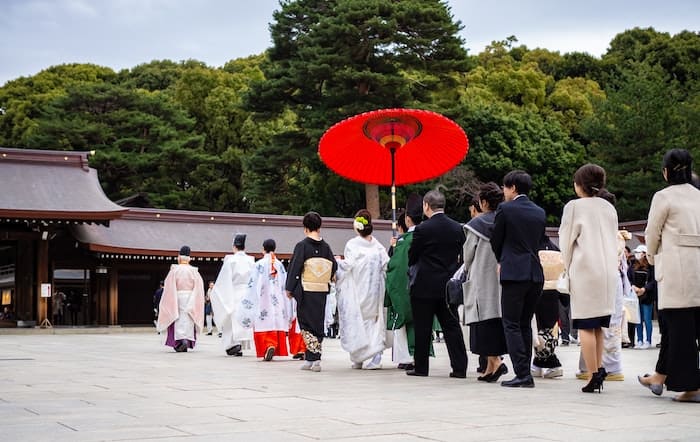
What Happens During a Japanese Wedding?
Japanese weddings were able to retain most of the traditional Japanese aspects through the years despite the influences of the Western world. It means that Western guests in Japanese weddings are in for an amazing cultural experience.
Japanese marriages in the past were categorized as either a marriage by choice (ren’ai) or an arranged marriage (omiai). However, the marriage perception of the Japanese has also changed through the years, and most Japanese marriages today focus more on true love.
Just like in other countries in the world, many Japanese men and women now marry much later in life. In fact, the average age of couples that get married is among the highest in entire Asia. But marriage is still as popular as ever in the country.
Many Japanese weddings are held in autumn and spring, starting with a formal wedding ceremony. The traditional ceremony is led by a Shinto priest and takes place in a shrine.
Couples exchange the ritual cups of sake symbolizing their union. This ceremony is exclusively attended by the couple, close members of the family, and the matchmaker or nakodo if relevant.
On the other hand, some couples may choose to hold a Christian ceremony performed by a minister or priest in a dedicated wedding chapel or church. These couples are not generally religious or Christian. Christian wedding ceremonies are fashionable in Japan.
The couple exchanges wedding rings rather than cups of sake during a Christian ceremony in the country. Some couples also choose to have a Christian and Shinto ceremony at the same time to get the best of both worlds.





